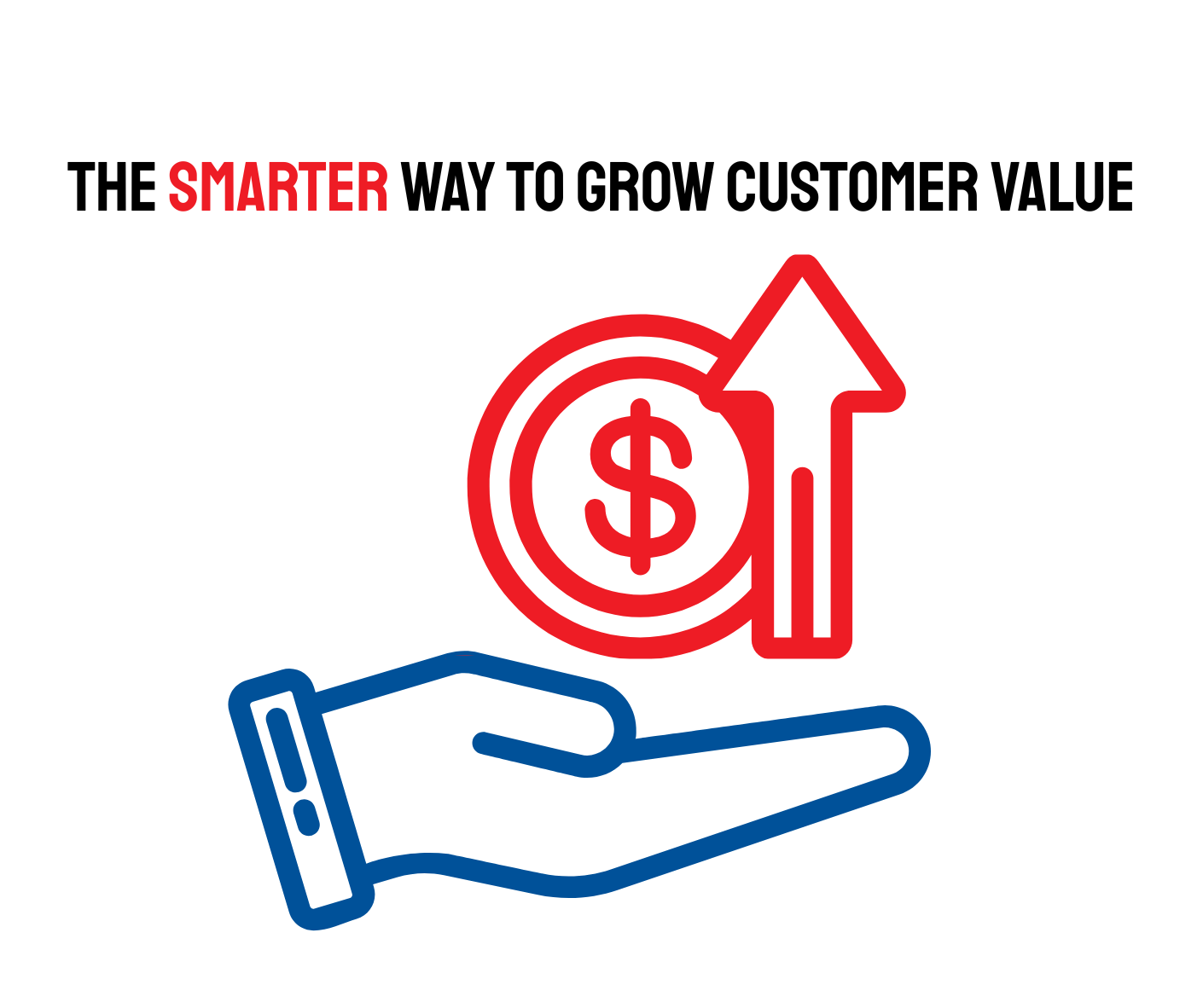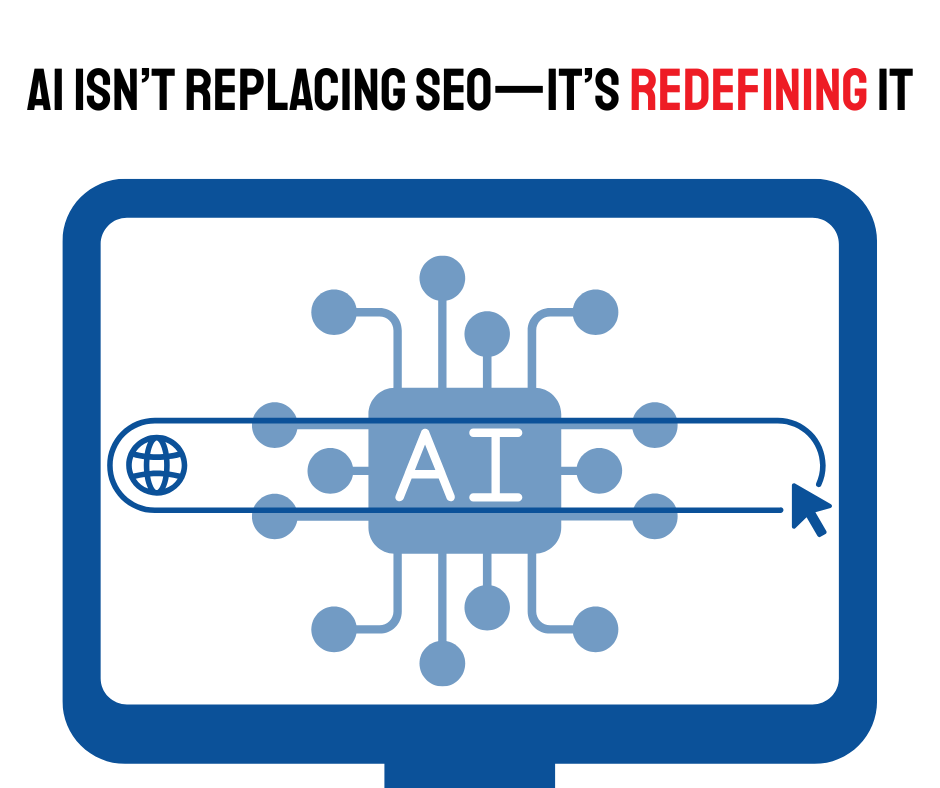Why Having a Hobby is Great for Business
No, this isn’t another article about how you can turn your hobby into a side hustle. But having a hobby can be great for your existing business. It may not feel like you have enough time for a hobby, but here’s why you should prioritize hobby time (or time spent cultivating one).
Why You (and Your Business) Need a Hobby
Hobbies aren’t time sucks. Having a hobby can significantly enhance your business and your well-being. “Hobbying” does not steal you away from your work. It contributes to it in several ways, including:
Enhancing Your Creativity and Innovation
Hobbies allow us to play in something we enjoy. They are ideal outlets for creative expression, which can translate into innovative ideas for your business. When you explore activities outside of your work, you can develop new perspectives and solutions that may not arise in a traditional business setting. Increased creativity can lead to unique products or services that differentiate your brand. When you take time for something other than work, your mind relaxes, and you can become better at problem-solving.
Relieving Stress and Improving Well-being
Hobbies provide a necessary break from the pressures of running a business. They can reduce stress, improve mental health, and increase overall happiness. A balanced mental state enhances decision-making and productivity. The change in focus from business to pleasure helps you unwind and use different parts of your brain.
Improving Networking Opportunities
Participating in hobbies (and the events surrounding them) can introduce you to new people and potential customers. These social interactions provide valuable networking opportunities, collaborations, and even new business ideas. Building relationships in a relaxed environment can foster trust and loyalty among potential clients.
To meet new people, you could take a class in your new hobby, go to a hobby-based meet-up, join a Facebook group around your hobby, or teach a class on your hobby.
Developing New Skills
Hobbies often require learning new skills, which can benefit your business. You may also learn from other creators on social media and apply some of those ideas to your business’s social media. Additionally, hobbies can improve skills such as time management, organization, and problem-solving, which are crucial for running a successful business.
Validating the Market
If you consider turning your hobby into a business, it can serve as a form of market validation. If friends and family are interested in purchasing your hobby-related creations, it indicates a potential market demand. This initial interest can provide the confidence needed to take the next steps toward entrepreneurship or launching an additional product or service in your current business.
Sometimes a hobby can have a strong tie into your business. For instance, a graphic designer may use their own photography hobby to generate images for clients.
Which leads us to…
Adding Financial Benefits
Transforming a hobby into a business can also lead to financial gains. Many people have successfully monetized their hobbies, creating a profitable income stream while doing something they love. If managed effectively, hobbies can provide financial relief and evolve into a significant income source.
Even if you don’t monetize your hobby, it may lend itself to creating a differentiator for you with your existing business. For instance, if you’re a plumber who enjoys painting, you could paint a mural on your van or send thank you cards to clients on one of your watercolor cards. Standing out in the market helps people remember you.
You may be thinking this is great, but you don’t have time for anything but your business. We know you’re busy but as we’ve just seen, taking a break is beneficial for your business. Here are a few ways you can find the time for a hobby.
You DO Have Time for a Hobby
Reclaim your precious moments with these ideas:
Think in Weeks, Not Days. Instead of squeezing hobbies into a daily schedule, look at your weekly calendar. Identify a few hours each week when you can dedicate time to something you love. Then schedule them in as a standing appointment.
Learn to Say No. If your schedule is overflowing, it's okay to decline additional commitments or delegate tasks. This frees up time for the activities that bring you joy. Understand the difference between being busy and being productive. Prioritize the things in your business that move the dial the most.
Re-evaluate Autopilot Mode. We all have moments when we zone out on social media or TV. (Hello, Netflix, my old friend.) Be mindful of how you spend this downtime, and see if you can swap some of it for hobbies. The problem with TV and screen time is that you can spend hours doing those things and still not feel like you’ve had a break. We tend to be unaware of that time. Instead, switch some of it for hobbies. Not only will you feel like you’ve had a break, you’ll get some mental health benefits from it as well.
Embrace Micro Breaks. Short breaks during the workday can boost productivity. Your day is likely full of moments when you’re waiting for something—a meeting, an appointment, a call, etc. Use these moments to do something enjoyable, like listening to music or reading during lunch. The key to making this happen is having your hobby/relaxing activity ready to go when you have micro break time. If you don’t have it ready, you’ll likely reach for scrolling through social instead. And that’s not a break.
Balancing the zaniness of running a business with a hobby can lead to many benefits for your mental health and your business. Don’t think of a hobby as time away from work. Think of it as a way to investment in your top employee—you.
-----------
Christina Metcalf is a writer/ghostwriter who believes in the power of story. She works with small businesses, chambers of commerce, and business professionals who want to make an impression and grow a loyal customer/member base. She loves road trips, hates exclamation points, and she knows her reading hobby makes her a better writer.
_______________________________________
Medium: @christinametcalf
Facebook: @tellyourstorygetemtalking
Instagram: @christinametcalfauthor
LinkedIn: @christinagsmith




